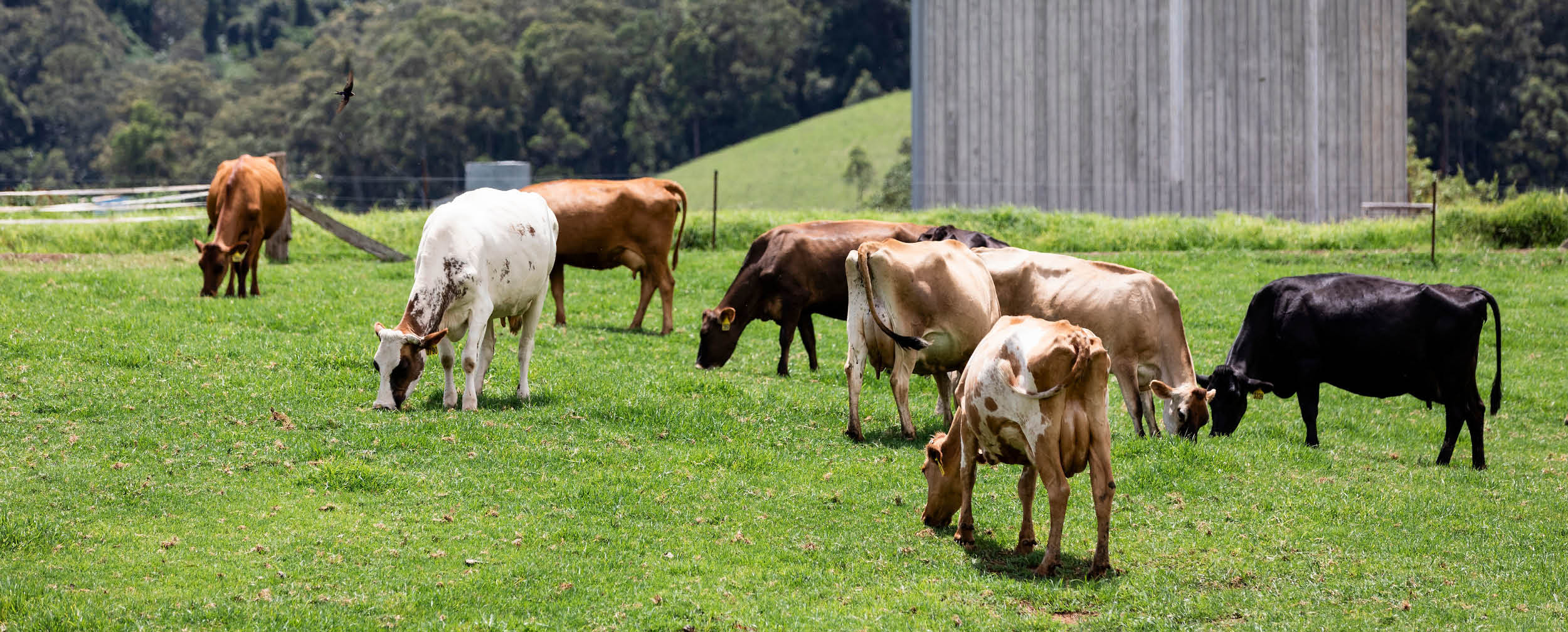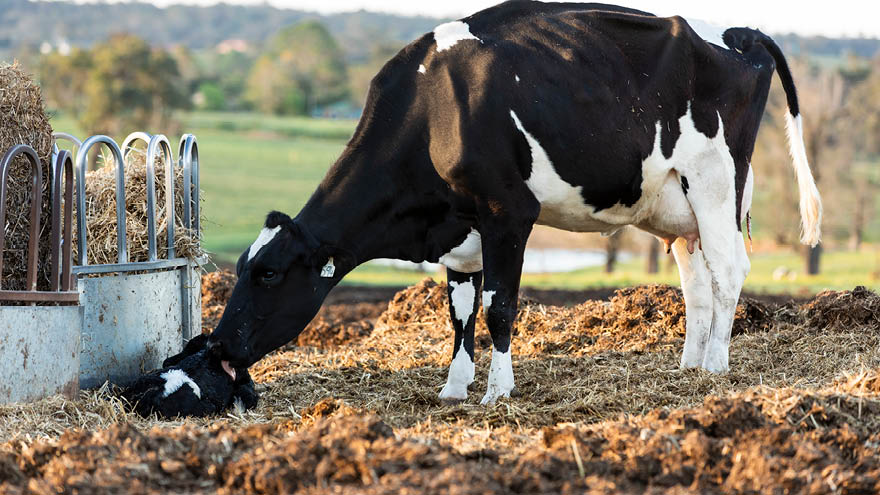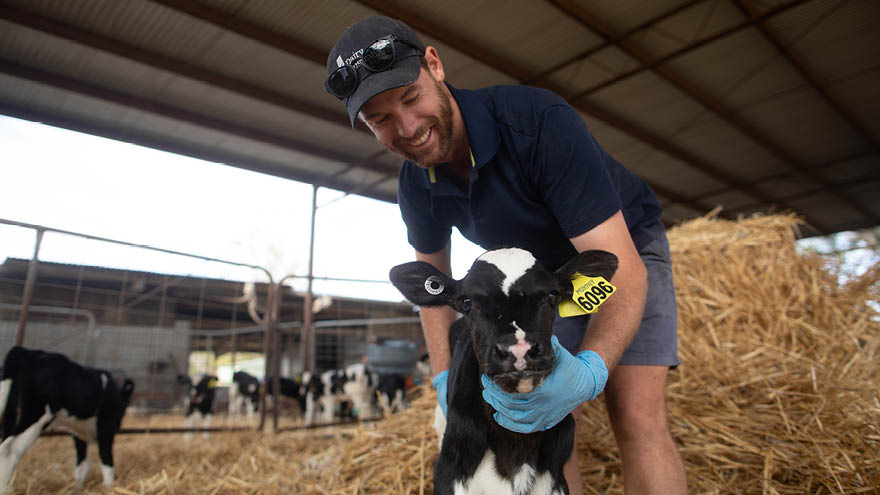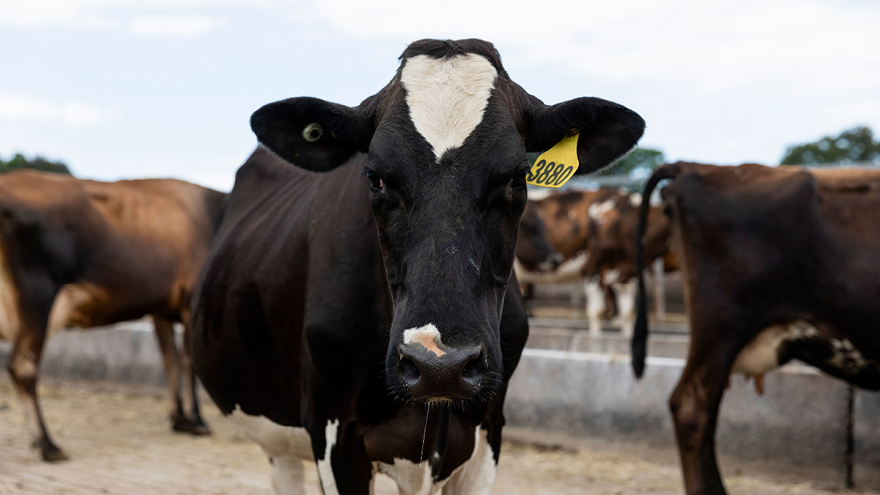
Animals
Dairy Australia drives herd and feed innovation by delivering outcomes from research to improve genetics and providing insights to support decision making.
Information and resources support dairy farmers across all areas of animal management, including genetics, fertility, calf rearing and the health and welfare of animals. Discover more below.





